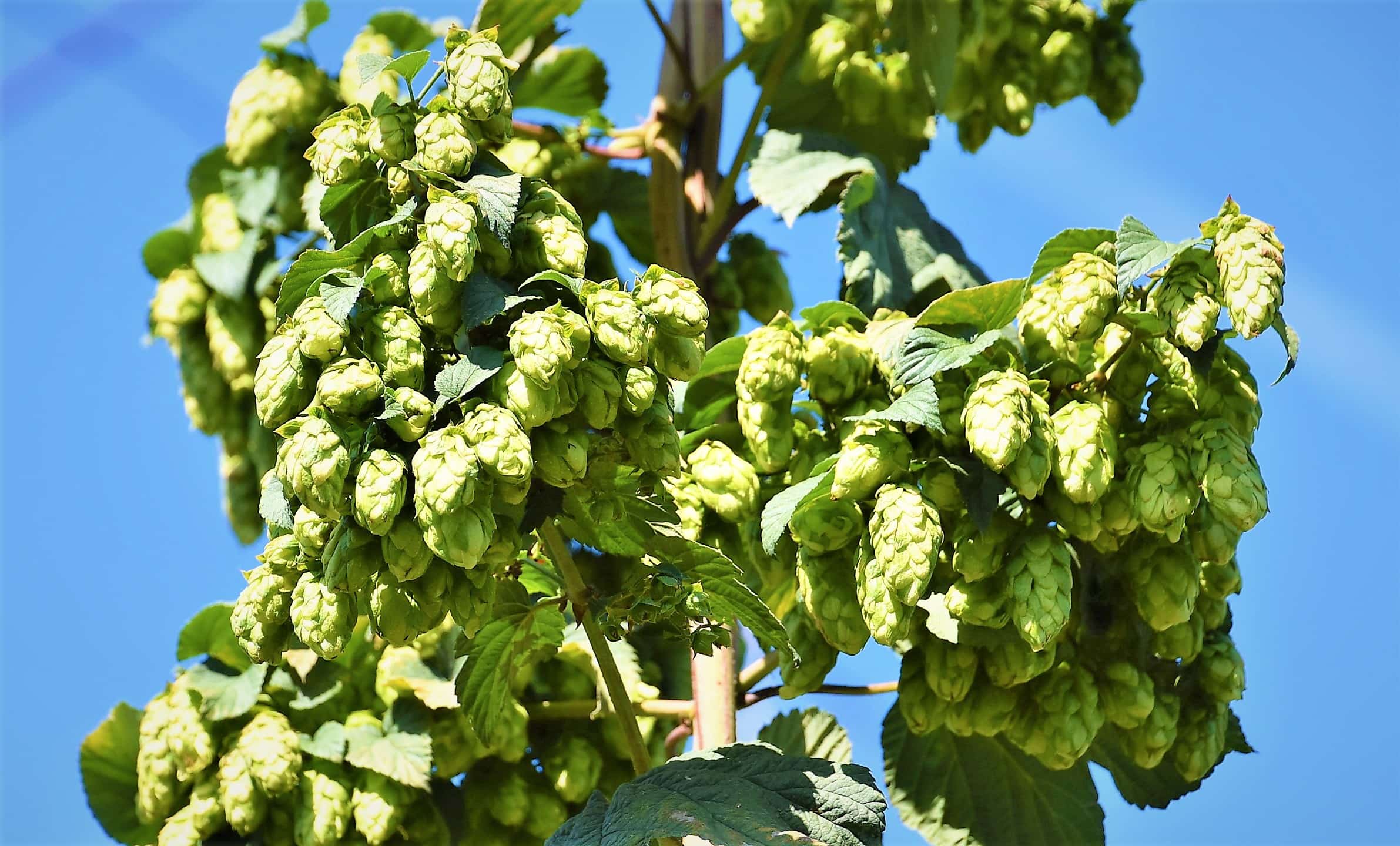Evaluation of Czech hop varieties
DOI:
https://doi.org/10.18832/kp2021.67.428Keywords:
hop, Humulus lupulus L., yield, alpha acids, variabilityAbstract
Czech hop varieties are evaluated as part of maintenance breeding. Every year, this evaluation includes ten mother plants of each hop variety. Yield is determined in kilograms of fresh hops per plant. The t-test is used to determine significance. Results from the years 2014–2019 show that Gaia and Kazbek have the highest yield (3.17 kg/plant and 3.05 kg/plant, respectively). Their yield is higher than that of the Harmonie, Agnus, Bohemie, Premiant, Sládek, Boomerang and Saaz varieties. Saaz has the lowest hop yield, i.e. 1.85 kg/plant. Bor, Saaz Late, Saaz and Sládek show the lowest variability, which ranges between 20.56 and 20.58%. Gaia has the highest variability (34.33%). Gaia also has the highest alpha acid content (12.30%) with a probability of 95% to 99%. Vital and Boomerang have a higher alpha acid content than other Czech hop varieties (11.09% and 10.81%, respectively) with a probability of 99%. Saaz Late (3.42%) and Saaz (3.06%) have the lowest alpha acid content with a probability of 95% to 99%. The variability of alpha acid content is considerably lower than the hop yield variability. Rubín has the lowest year-on-year variability of all Czech varieties (4.81%). Vital and Gaia have a very low variability (5.63% and 5.72%, respectively). A higher variability of alpha acid content was found in Saaz Late, Premiant, Agnus, Saaz, Kazbek, Bor and Harmonie, ranging between 8.01% and 10.21%.

Downloads
Published
How to Cite
Issue
Section
License
Copyright (c) 2021 Vladimír Nesvadba, Jana Olšovská, Lenka Straková, Jitka Charvátová

This work is licensed under a Creative Commons Attribution 4.0 International License.







